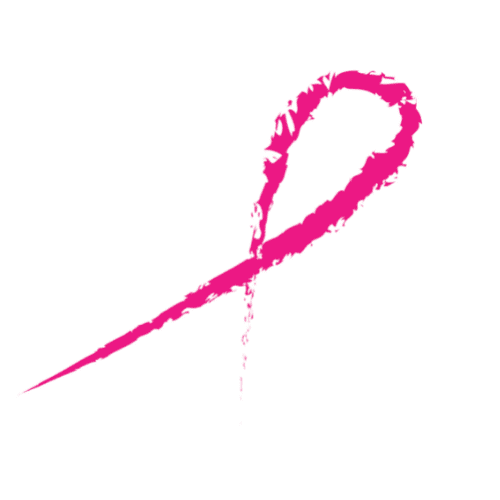Fax: 770-339-9804
Lawrenceville, Georgia 30046
Lumpectomy, also known as breast-conserving surgery or breast conservation, is a type of surgery for breast cancer in which only the tumor and a small amount of surrounding tissue are removed.
Lumpectomy is used to remove high-risk lesions to rule out cancer or to remove biopsy proven, early- stage breast cancers.
The goal of lumpectomy is to remove cancer or other high-risk lesions while preserving the appearance and function of the breast as much as possible. Lumpectomy is the prefect choice for many women, as the amount of tissue removed is limited, which has physical and emotional advantages over more disfiguring treatment. Studies indicate that lumpectomy followed by radiation therapy is as effective in preventing a recurrence of breast cancer as removal of the entire breast (mastectomy) for early-stage breast cancer. Lumpectomy is a common treatment option for early-stage breast cancer or women wanting to preserve their breasts and not wanting mastectomy.
Types of Lumpectomies offered by Dr. Schwartz:
During your consultation, Dr. Schwartz will offer the best Lumpectomy procedure for you based on your breast size and shape, the extent of your abnormal tissue that needs to be removed, and your desires. He will also explain and set the right expectations for your surgical outcome. Thanks to Dr. Schwartz’s access to a private Outpatient Surgery Center, his patients can expect to have their lumpectomy scheduled immediately. Lumpectomy, just like any other breast cancer diagnosis and treatment, is covered by health insurance companies.
Often, patients are sent to the breast center (located just one floor below the surgery center) for placement of a small wire into the breast to help localize the breast mass or cancer. Patients are then transported to the Outpatient Surgery Center where the wire, mass, and previously placed biopsy clip are removed in a minor surgical procedure, lumpectomy.
Lumpectomy is a surgical procedure performed under general anesthesia that takes Dr. Schwartz about twenty minutes. This surgery removes cancer or other abnormal tissue and a small amount of the healthy tissue that surrounds it (margin). This ensures that all the abnormal tissue is removed. This tissue removal is followed by an immediate tissue rearrangement by Dr. Schwartz to avoid any breast deformity. In the case of cancer removal, the pathologist analyzes the margin removed by the lumpectomy to detect any possible cancer cells. A cancerous margin is “positive”, while a healthy margin is “clean” or “negative”. Another lumpectomy (re-excision lumpectomy) is performed if the margin is detected to be positive or cancerous cells are very close to the margin. It has been reported that Up to 20% of women having a lumpectomy require re-excision lumpectomy. Dr. Schwartz’s meticulous approach reduces this number to <10% for his patients. Dr. Schwartz follows national guidelines for negative margins.
For patients undergoing breast cancer surgery, Sentinel lymph node biopsy (SLNB) or axillary lymph node dissection (ALND) may be used to determine if cancer has progressed away from the breast and into other parts of the body.
Patients after lumpectomy are discharged home the same day.
Healing time varies but after a lumpectomy, you are likely to feel well enough to return to work after two or three days. You can usually resume normal physical activities after one week. Here is what most patients report:
For the first 1 or 2 days after surgery, you will probably feel tired and experience some pain. The skin around the incision may feel firm, swollen, tender, and bruised. Tenderness should go away in about 2-3 days and the bruising within 2 weeks. Don’t be alarmed if firmness and swelling persist for 3-6 months.
Scarring is minimal as the incision is hidden.
Just like the pathology report you received after your biopsy, you will also receive a pathology report after a lumpectomy. The results of your pathology report will probably be ready 3 to 7 days after your surgery. Once all the results are in, Dr. Schwartz will review the pathology report with you at the next office visit and discuss the next steps.

